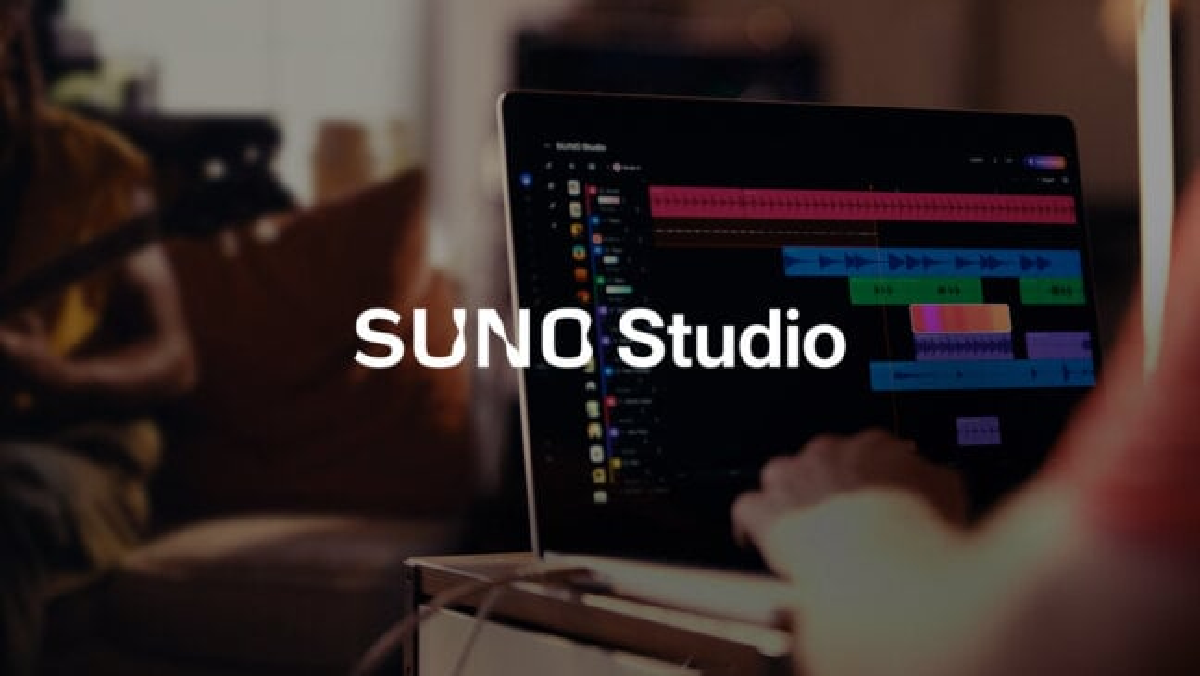The AI music wars just escalated.
Suno just launched Suno Studio, calling it “the world’s first generative audio workstation.” Not content with just generating songs, now they want to edit them too.
What’s that mean? Think of it as Photoshop for music — software where producers mix different instrument tracks, adjust timing, and polish songs. But instead of just editing existing audio, this one can generate new parts on demand.
This isn’t just another product launch. It’s Suno betting that musicians will want to do everything inside AI-powered tools.
What it actually does#
GarageBand meets AI — that’s the simplest way to think about it.
Here’s what’s new:
🎛️ Generate on demand: Upload a guitar riff, get matching drums and bass instantly. Hum a melody, get a full arrangement.
📁 Edit like a pro: Timeline editing with separate tracks (called “stems”) for drums, vocals, and instruments. Adjust volumes, timing, and effects.
💾 Export anywhere: Save as normal audio files or MIDI data (digital sheet music) to use in other software.
The key difference? Traditional music software only works with existing audio. This creates new audio as you work.
The uncomfortable questions#
Are we automating creativity or helping it? When AI can generate perfect drum tracks that match your guitar riff, what’s the difference between getting help and having the AI do the work?
What happens to musical skills? If Studio can create professional-sounding songs from basic humming, do musicians still need to learn instruments or traditional software?
Who’s the real artist here? When an AI system generates most of the instruments to match your style, how much of the final song is actually yours?
What early users are finding#
Studio is great for speed — testing arrangements in minutes instead of hours, generating parts that fit your existing music, and discovering new sound combinations.
But it struggles with emotion — AI parts can sound technically perfect but emotionally flat. And maintaining your unique style across projects is still tricky.
The big question#
Here’s what’s really at stake: Who’s in charge of the creative process?
Traditional music software are tools — they do exactly what you tell them to do. Suno Studio is more like a creative partner that makes suggestions, creates content, and influences the final result.
The question isn’t whether Studio works well (it does) or whether people like it (early users love it). The question is whether giving AI this much creative input changes what it means to be a musician.
When your software can generate, arrange, and produce music on its own, are you still the artist — or are you more like a director choosing between AI-created options?
Try it yourself: Suno Studio is available for Premier users. Experience what happens when AI becomes your creative partner.


